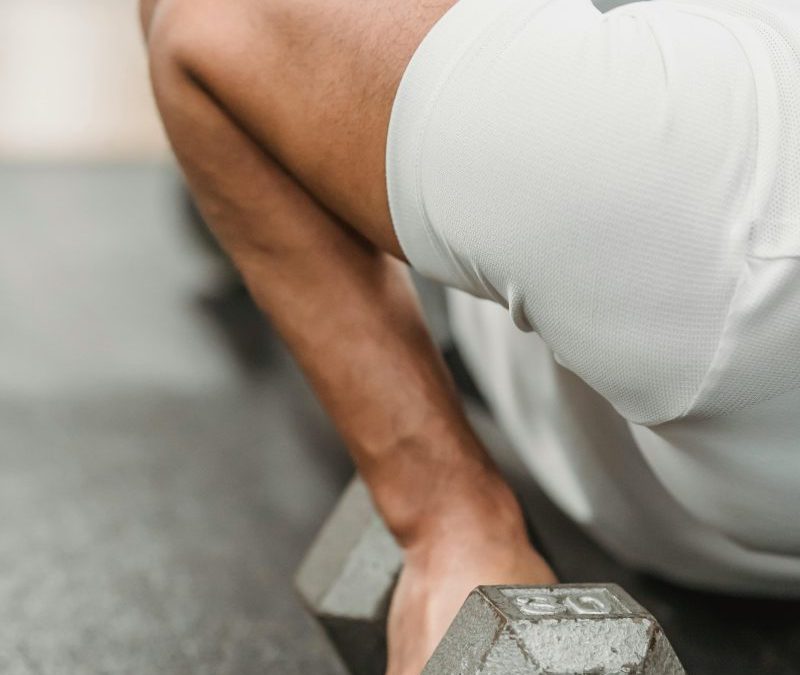Last Updated on: 14th July 2024, 08:54 am
Introduction to Functional Training
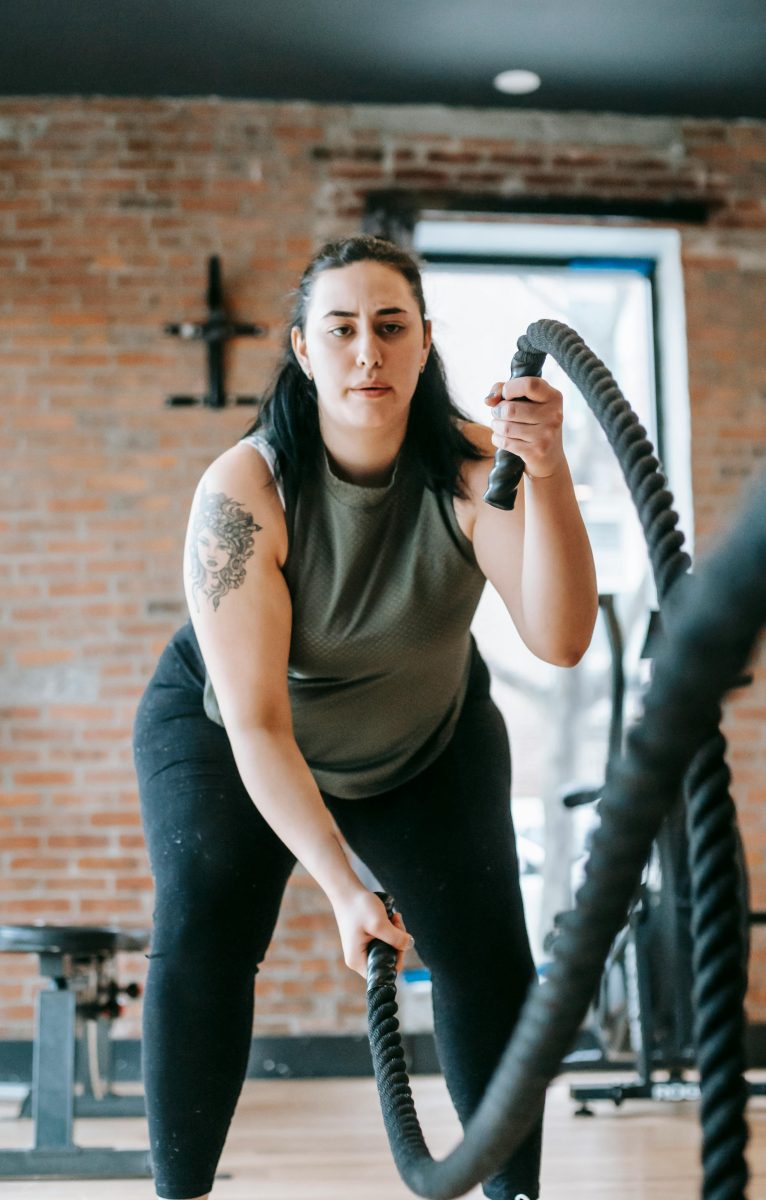
Functional training is all about preparing your body for the daily tasks life throws your way. Initially for elite athletes, it’s now for everyone, aiming to enhance life’s quality. This evolution marks a shift towards a more inclusive fitness approach, emphasizing the need for strength, flexibility, and endurance.
- It mimics everyday movements, improving your body’s natural performance abilities.
- Benefits are tangible – from lifting groceries to climbing stairs.
- It’s not just fitness—it enriches your life, making actions easier and reducing injury risks.
Remember, it’s more than a workout routine. It’s a lifestyle choice that enhances every step and move. Welcome to the journey towards a stronger, more capable you.
The Science Behind Functional Training

Understanding the Biomechanics Involved in Functional Movements
The heart of functional training is biomechanics, the science of body movement. This knowledge informs the design of exercises that mimic everyday activities, enhancing our natural movements and reducing injury risks.
The Role of Functional Training in Injury Prevention and Rehabilitation
- Builds a harmonious balance across the body’s systems.
- Improves muscle and joint resilience, reducing common injury risks.
- Offers a recovery path that aligns with the body’s natural movements.
How Functional Training Improves Muscle Coordination and Balance
Imagine your body as a symphony orchestra, with each muscle group in harmony. Functional training ensures every element works together, enhancing muscle coordination and balance, crucial for daily tasks.
Incorporating functional training is about embracing a lifestyle that values mobility, strength, and well-being. Let’s move forward, together, towards a life where every action is easier, and every day is full of potential.
Core Components of a Functional Training Program
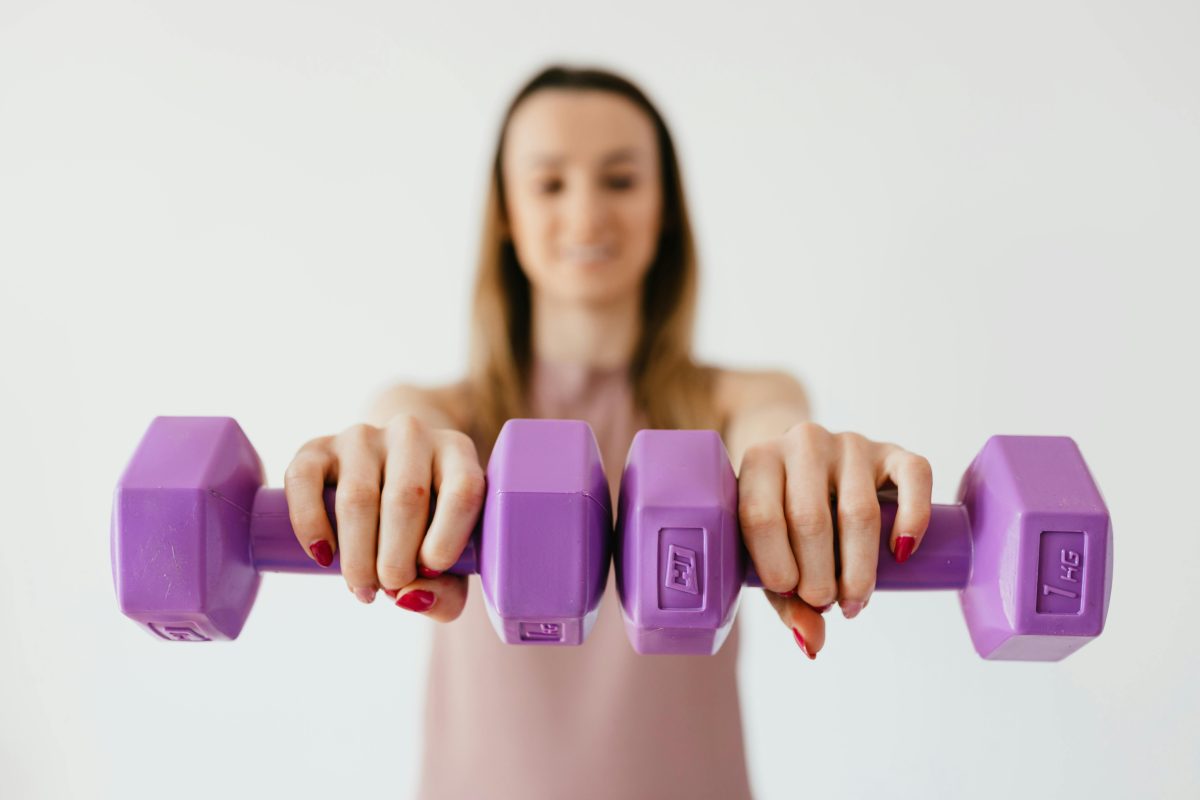
Identifying the Key Elements
The foundation of a functional training program includes four pillars: strength, flexibility, core stability, and balance. These elements prepare the body for real-life movements and activities.
The Significance of Compound Movements
Compound movements engage multiple muscle groups simultaneously, mirroring our natural movements. Exercises like squats, deadlifts, and push-ups not only increase strength but also challenge the body’s balance and coordination.
Tailoring Functional Exercises
- Exercises mimic daily activities, like lifting groceries or climbing stairs.
- Ensures the body is prepared for life’s demands, promoting a healthier lifestyle.
Embracing functional training enhances quality of life, preparing the body for daily activities with a focus on strength, flexibility, core stability, and balance.
Implementing Functional Training into Your Routine

Assessing Your Lifestyle for Functional Movement Needs
Examine your daily activities to identify the functional movements most relevant to you. This personalized approach ensures your workout enhances your ability to perform everyday tasks with ease.
Setting Realistic Goals and Crafting a Balanced Plan
Goal setting is crucial. Start with achievable targets and a balanced workout plan that incorporates strength, flexibility, core stability, and balance exercises.
Tips for Beginners
- Start Slow: Build confidence and prevent injury.
- Stay Consistent: Regularity is key, even on off days.
- Seek Support: Friends, family, or a fitness community can boost motivation.
Remember, incorporating functional training is a marathon, not a sprint. Celebrate progress and stay patient. With time, you’ll see improvements in your daily life, enhancing the quality of your life, one movement at a time.
Functional Training Equipment and Spaces
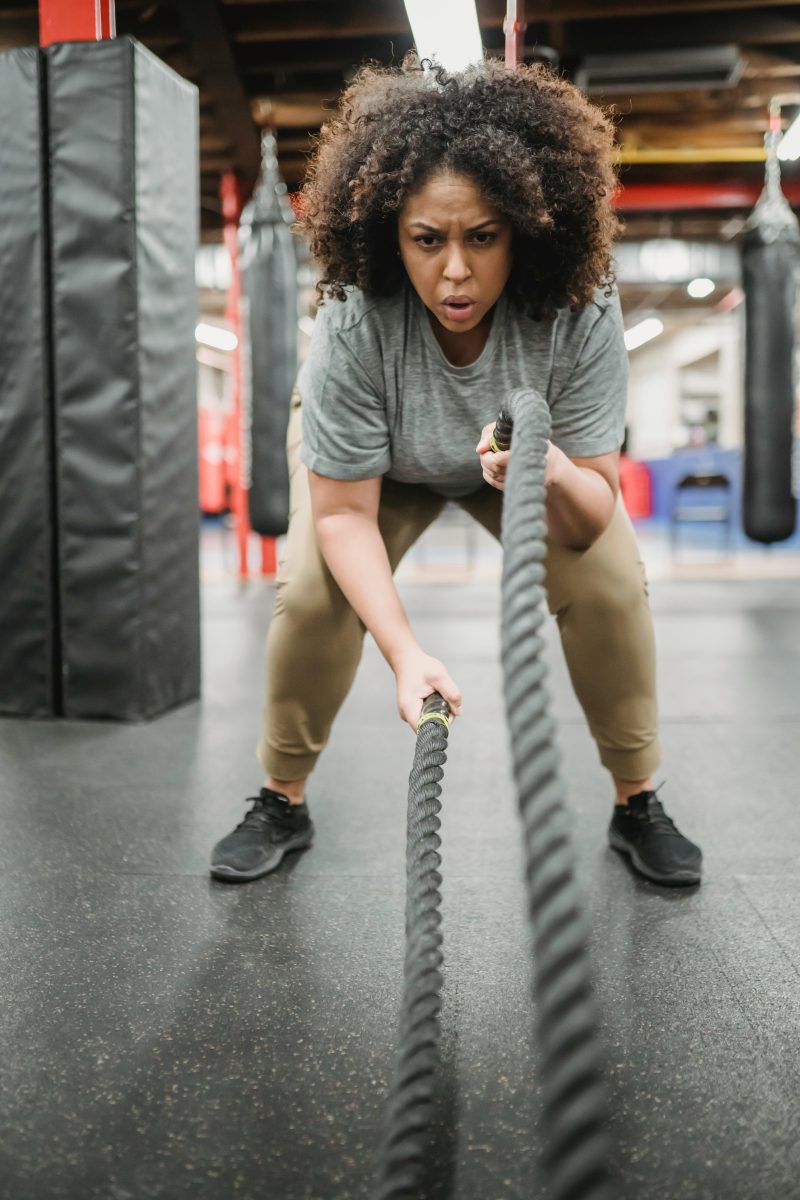
Overview of Equipment Used in Functional Training
Kettlebells, medicine balls, and resistance bands form the cornerstone of functional training equipment. Each piece is designed to enhance strength, flexibility, and endurance. Kettlebells, with their unique shape, improve grip strength and offer a wide range of motion. Medicine balls facilitate dynamic movements, enhancing power and coordination. Resistance bands, versatile and portable, provide adjustable tension to suit various strength levels, making them ideal for progressive training.
The Advantage of Using Body Weight for Functional Exercise
Body weight exercises are a powerhouse of functional training. They require no equipment, making them accessible to all. These exercises leverage your body’s weight to build strength, improve balance, and increase flexibility. From push-ups to squats, body weight movements are infinitely adaptable, offering a foundation for a robust functional training routine that mimics everyday activities.
Finding or Creating the Right Space for Your Functional Training Routine
The beauty of functional training lies in its adaptability. Whether it’s a corner of your living room, a park, or a dedicated gym space, what matters is the freedom to move. Look for spaces that allow for a range of activities, from stretching to jumping. If you’re at home, clear a small area where you can move safely. Outdoors, find a flat, open area that can accommodate your routine. The key is consistency and making the most of what you have, turning any space into your personal training ground.
Embracing functional training equipment and spaces is about more than enhancing physical fitness; it’s a step towards a more active, fulfilling life. With the right tools and environment, you’re well on your way to achieving your health and wellness goals, prepared for whatever life throws your way.
Overcoming Challenges and Plateaus in Functional Training
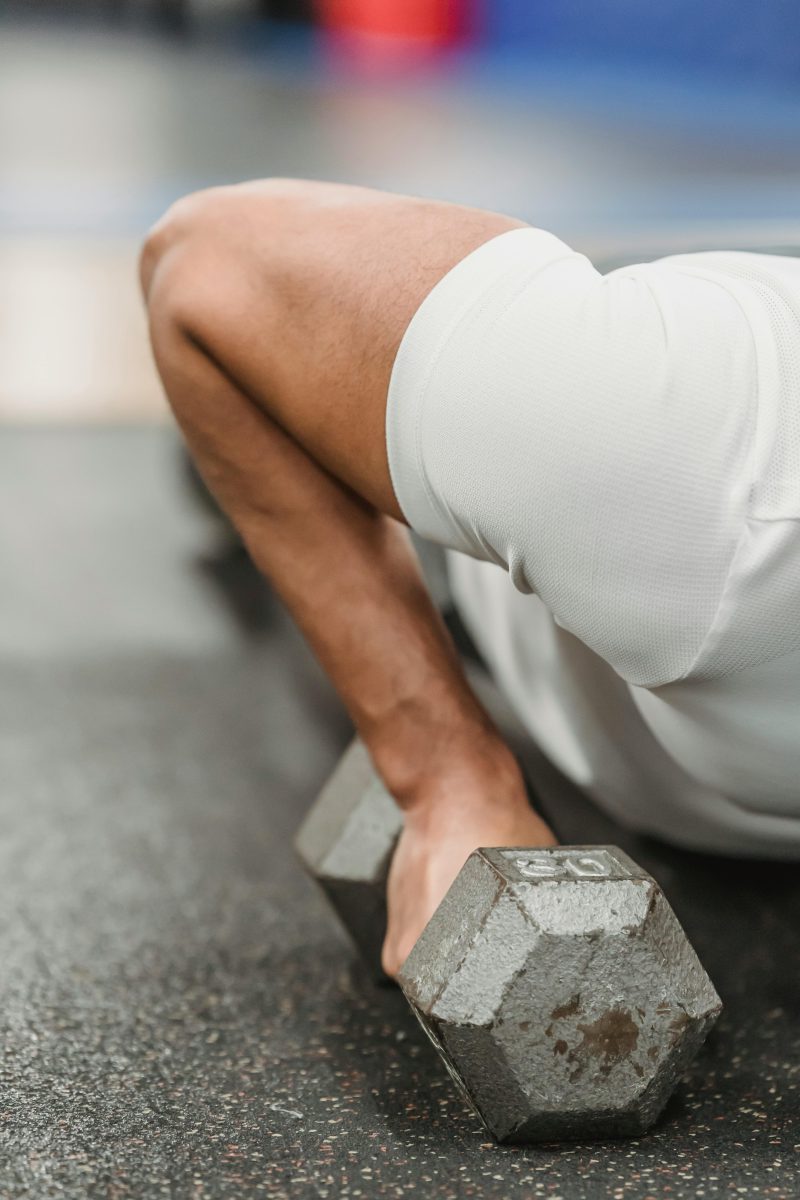
Common Obstacles in Functional Training
Even the most dedicated individuals can hit a wall in their functional training journey. Plateaus, loss of motivation, and repetitive routines are just a few hurdles that can impede progress. Recognizing these challenges is the first step toward pushing past them and continuing to evolve.
Strategies for Advancing Your Training
- Reassess and Adjust: Introducing new exercises, increasing intensity, or incorporating interval training can reignite progress.
- Listen to Your Body: Allowing adequate rest is crucial to prevent burnout and injury.
The Role of Variation and Creativity
Variety isn’t just the spice of life; it’s a cornerstone of functional training. Regularly changing your routine prevents adaptation, ensuring that both your mind and body remain engaged. Creativity in your workouts keeps things fresh, making each session both challenging and enjoyable. This could mean experimenting with different equipment, altering your environment, or trying new movement patterns. Embrace the unexpected, and watch your functional capabilities soar.
Overcoming obstacles in functional training is not just about physical prowess; it’s about cultivating a mindset that welcomes challenges as opportunities for growth. By staying creative and adaptable, you ensure that your training continues to enhance your daily life, keeping you strong, agile, and ready for anything.
The Future of Functional Training

Emerging Trends and Their Everyday Implications
- Virtual Reality (VR) Workouts: Offering immersive experiences that enhance engagement and simulate real-life activities.
- Unconventional Tools: Integration of tools like sandbags and aqua bags challenges the body in new ways, closely mimicking real-world movements.
The Role of Technology in Enhancing Practices
- Wearable Devices: Track performance and progress, allowing for adjustments in real-time.
- Personalized Workout Apps: Provide immediate feedback, ensuring exercises are performed with optimal form and efficiency.
- Online Platforms: Facilitate access to expert guidance, making high-quality training accessible to all.
Staying Informed and Adaptable
To navigate the ever-changing world of functional training, staying informed is key. Following reputable fitness blogs, subscribing to industry newsletters, and engaging with professional communities online can provide insights into the latest trends and research. Equally important is maintaining an open mind, ready to adapt your training regimen as new methods and technologies emerge. Embracing change not only keeps workouts fresh and challenging but also ensures that your functional training remains aligned with the latest in fitness innovation.
As functional training continues to evolve, its impact on everyday life grows stronger. By leveraging technology and staying adaptable to new trends, individuals can enhance their daily performance, making every task easier and reducing the risk of injury. The future of functional training promises a more integrated, technology-driven approach, making fitness an even more essential part of our daily lives.
In Closing
Functional training transforms lives, one movement at a time. It’s a journey of resilience, enhancing every day with strength and ease. By balancing the rigors of daily life with the rewards of improved health, this approach empowers individuals to tackle challenges with confidence. Embrace this path to a more active, fulfilling life, and discover your potential for continuous growth and well-being.
Functional Training for Everyday Life FAQs
Yes, functional training can aid in weight loss by increasing muscle mass and boosting metabolism. It combines cardiovascular fitness with muscle strengthening, making workouts more dynamic and calorie-burning. This approach not only helps in reducing fat but also builds a leaner, more functional physique.
Functional training significantly improves posture by strengthening the core and the muscles used in daily movements. It addresses muscular imbalances that often contribute to poor posture. Regular practice encourages a stronger, more aligned body, reducing the risk of posture-related issues.
Functional training emphasizes movements that are natural and use multiple muscle groups simultaneously, unlike traditional weight training which often isolates specific muscles. It aims to improve your body’s ability to work efficiently as one unit. This method enhances coordination, balance, and practical strength more effectively for daily activities.
Functional training strengthens the body in a way that protects against injuries by improving balance, flexibility, and core stability. It prepares the muscles to work together efficiently, reducing the risk of common injuries during daily activities or sports. This preventative approach is particularly beneficial for maintaining an active and healthy lifestyle.
Incorporating functional training exercises 2-3 times a week can significantly improve your physical abilities for everyday tasks. Consistency is key to developing strength, flexibility, and endurance. Balancing these workouts with proper rest and recovery is crucial for optimal results.
Functional training is highly adaptable, making it suitable for beginners. Exercises can be modified to match any fitness level, focusing on learning proper form and gradually increasing intensity. This ensures a safe and effective progression in physical fitness without overwhelming newcomers.
Examples of functional training exercises include squats, lunges, push-ups, and planks, which engage multiple muscle groups and mimic everyday movements. These exercises can be modified to increase difficulty or accommodate different fitness levels. They aim to build strength, endurance, and flexibility in a way that is applicable to daily life.
For older adults, functional training enhances mobility, balance, and strength, which are crucial for maintaining independence and preventing falls. It focuses on exercises that improve the ability to perform daily tasks, such as climbing stairs or carrying groceries. This form of exercise is adaptable, allowing for modifications to suit individual health conditions and fitness levels.
Functional training can be performed with minimal equipment, often utilizing body weight, resistance bands, kettlebells, and medicine balls. The focus is on using tools that enhance natural movements rather than machines that isolate muscles. This flexibility allows for a wide range of exercises that can be adapted to any environment, including home workouts.
Functional training involves exercises that prepare your body for daily activities, enhancing your ability to perform everyday tasks. It focuses on movements that mimic or recreate common physical actions you might encounter in your daily life. This approach improves overall function, including strength, balance, and mobility.
Orlando is a all round athlete from Australia, now resident in Germany. His sports of passion of American Football(Offensive line), weight training and indoor rock climbing where he uses his 195cm wing span to his advantage.

